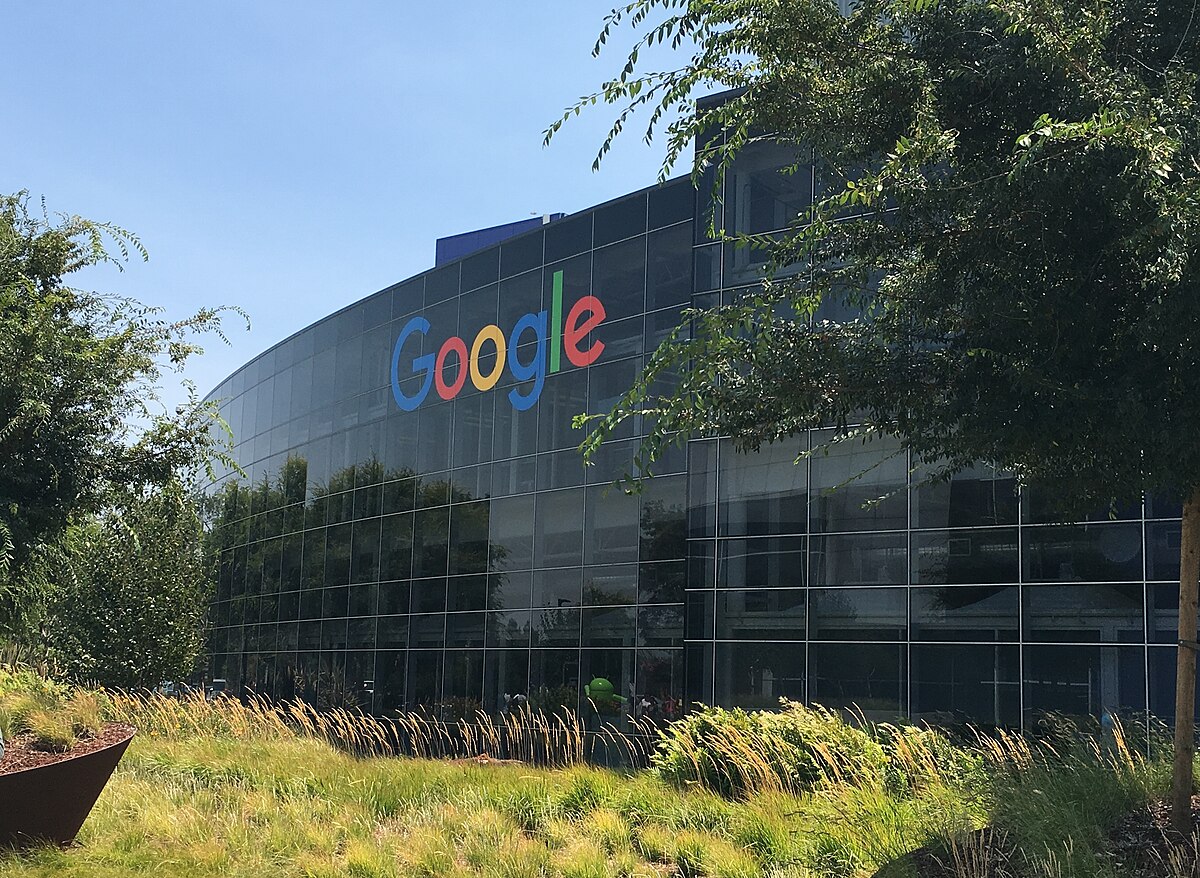
As the technology landscape continues to evolve, most individuals in the United States using flagship smartphones with mainstream carriers are now tapping into the capabilities of 5G networks. This next-generation wireless technology has undoubtedly brought substantial improvements over its predecessors, enabling faster download and upload speeds. However, despite its advancements, 5G still falls short when compared to the speed and reliability offered by wired connections like Wi-Fi and fiber internet. This limitation has many tech enthusiasts and industry experts looking ahead to the next wave of wireless technology: 6G.
Breaking New Ground with 6G
Recent advancements in research have begun to shed light on the potential of 6G, the forthcoming wireless data standard that promises to revolutionize how we connect and communicate. A groundbreaking study conducted by researchers at University College London has reported an astonishing achievement: 6G wireless technology has reached data transmission speeds of up to 938 gigabits per second (Gbps). This figure not only underscores the potential of 6G technology but also sets a new benchmark in the wireless communications field.
A Comparative Look at 5G and 6G Speeds
To put these figures into perspective, the theoretical maximum download speed for 5G networks stands at 20 Gbps. This means that 6G could potentially offer speeds more than 45 times faster than what 5G can achieve under ideal conditions. However, it’s crucial to note that the average median download speed for 5G across global carriers is approximately 70 megabits per second (Mbps), according to Speedcheck’s 5G Index. If 6G can deliver performance that approaches its theoretical limits, it could result in speeds that are an incredible 13,400 times faster than the typical performance experienced with 5G.
At a staggering speed of 938 Gbps, users could feasibly download an astonishing 20 full-length movies in just one second. While this prospect sounds appealing and almost surreal, it also brings to light the potential for rapid data consumption, where hitting a data cap could become an everyday reality for users.
Managing Expectations for 6G
Despite the excitement surrounding 6G’s potential, it’s important to temper expectations. Although 6G is anticipated to surpass 5G in speed, the likelihood of consistently achieving speeds as high as 938 Gbps in real-world scenarios is slim. Factors such as network congestion, the distance from transmission towers, and environmental interferences will inevitably impact the actual speeds experienced by users.
The Science Behind 6G’s Incredible Speeds
Achieving such remarkable data speeds involves sophisticated engineering and innovation. One of the key advancements contributing to 6G’s high-speed capabilities is the utilization of a significantly higher frequency range, extending up to 150 GHz. Traditional devices, including smartphones, typically operate within the frequency range of 5 GHz to 39 GHz. By incorporating a combination of different signal types, such as lasers and radio waves, researchers have made it possible to create stable transmissions that can bridge the gaps between these wavebands, allowing for higher data throughput.
When Can We Expect 6G?
The journey toward 6G is still in its infancy, with a widespread market launch expected no earlier than 2030. This timeline reflects the considerable work still required to expand existing networks and develop the infrastructure necessary to support this new technology. Additionally, several challenges must be addressed before 6G becomes practical for everyday use. Early trials of 6G technology have revealed that its range is shorter than that of 5G, with recent tests achieving a maximum range of approximately 1,640 feet (500 meters). If these limitations persist, 6G may only be feasible in densely populated urban environments.
Moreover, as with any emerging technology that involves radiation, it is critical to ensure that 6G does not pose any health risks to users. Ongoing research will need to focus not only on enhancing performance but also on ensuring the safety and well-being of individuals who will rely on this technology.
In summary, while 6G technology holds tremendous promise and potential, significant advancements in infrastructure, technology, and safety will need to be realized before it can become a commonplace reality in our everyday lives. As we eagerly anticipate these developments, one thing is clear: the future of wireless connectivity is brighter than ever.




